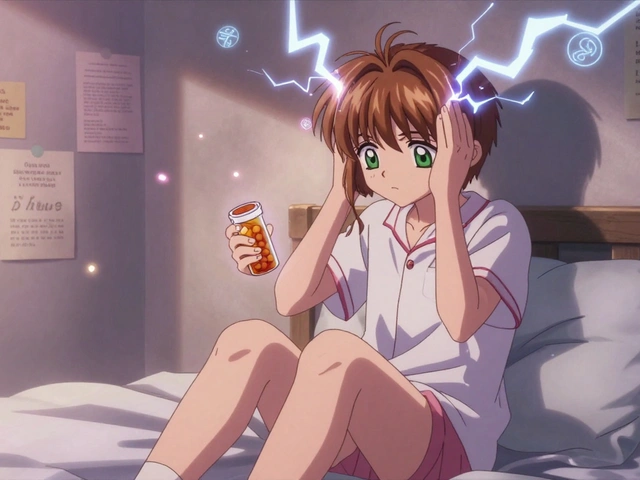Ranolazine (Ranexa): What it treats and when it helps
If chest pain (stable angina) is still bothering you despite standard meds, ranolazine is a drug doctors often add. It’s not for sudden attacks — you still need nitroglycerin or emergency care for acute pain. Ranolazine is meant to reduce how often angina happens and help you do more daily activities with less chest discomfort.
Ranolazine is sold under the brand name Ranexa and as generics. People use it when beta-blockers, calcium channel blockers, or nitrates don’t fully control symptoms or cause unacceptable side effects.
How ranolazine works
Ranolazine works differently than most heart medicines. It targets a specific electrical current in heart cells called the "late sodium current." By damping that current, ranolazine lowers unnecessary calcium build-up inside cells. That eases stress on the heart muscle and reduces chest pain without greatly changing heart rate or blood pressure.
This different action makes ranolazine useful when other drugs can’t be used or aren’t enough. It’s often added on top of existing therapy rather than used alone at first.
Practical dosing, side effects, and drug interactions
Typical starting dose is 500 mg twice daily. If needed and tolerated, your doctor may increase it to 1000 mg twice daily. Take it the same way each day — with or without food. Ranolazine is for long-term management, not for rescue relief during a sudden angina episode.
Common side effects include dizziness, headache, constipation, and nausea. Some people notice tiredness or lightheadedness. A small number may have palpitations or fainting. Ranolazine can affect the heart’s electrical rhythm (QT interval) in some patients, so doctors watch for that with certain other drugs or if you have underlying rhythm problems.
Drug interactions matter. Strong CYP3A inhibitors like ketoconazole or certain antibiotics can raise ranolazine levels and increase risk. Strong CYP3A inducers like rifampin can lower its effect. Also avoid combining ranolazine with other drugs that lengthen the QT interval unless your doctor checks you closely.
Tell your prescriber about all medicines, including herbal supplements, and about liver or kidney problems. Severe liver impairment is usually a reason to avoid ranolazine. Dose adjustments may be needed for kidney disease.
If you start ranolazine, watch for new or worsening dizziness, fainting, irregular heartbeat, or severe nausea. Stop the medicine and seek immediate care for chest pain that feels different or more intense. Keep regular follow-ups so your doctor can check ECGs and labs if needed.
Want to know if ranolazine fits your treatment plan? Ask your cardiologist about how it works with your current meds and what to expect week to week. Small changes in dose or timing often make a big difference in how well it helps.
The role of Ranolazine in improving patient adherence to angina treatment
In my recent research, I came across the role of Ranolazine in improving patient adherence to angina treatment. Ranolazine is a late sodium current inhibitor which has shown to significantly reduce angina episodes and improve exercise tolerance in patients. This medication not only reduces the frequency of chest pain but also minimizes the need for additional anti-anginal drugs. As a result, patients find it easier to stick to their treatment plans and experience better health outcomes. I truly believe that more awareness about Ranolazine's benefits can greatly improve the lives of those suffering from angina.






